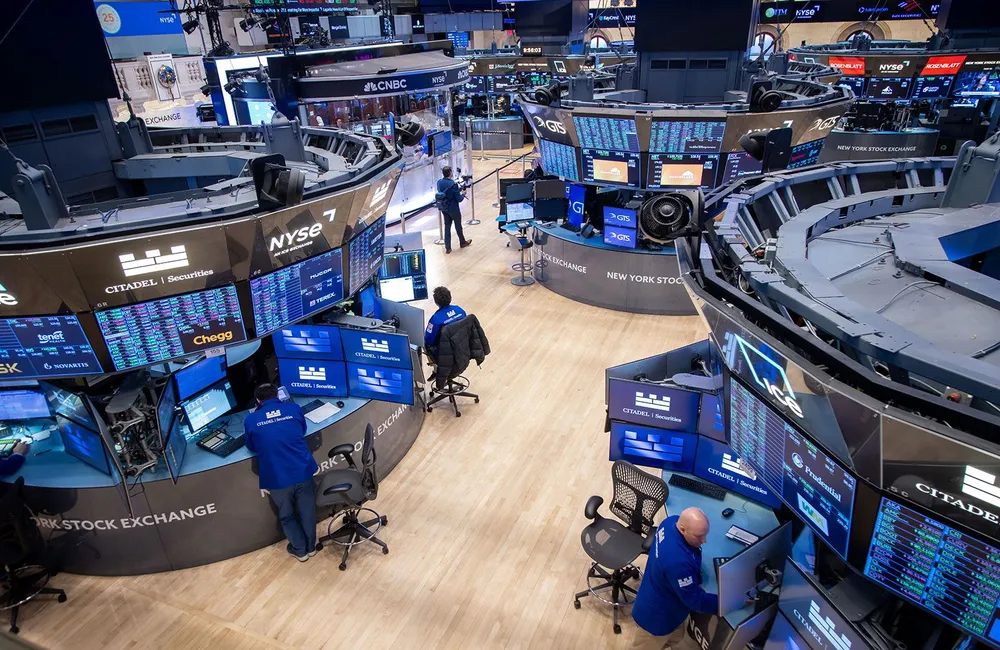Financial Metrics Enter the Political Arena
Time for Australian political commentators to dust off their finance textbooks as financial metrics have entered the political debate. In a contentious Senate hearing, Greens Senator Nick McKim threatened Woolworths (ASX: WOW) CEO Brad Banducci with six months in jail for not knowing the firm's return on equity ("ROE"). Banducci responded that he was focused on the firm's return on invested capital ("ROIC") as the preferred measure to assess performance of the company.
Leaving politics aside, let’s focus on the financial metrics and what they mean.
Return on Equity (ROE)
The ROE is a measure of profitability based on the capital that shareholders have invested in the company. To calculate the ROE, the net income is divided by shareholder equity.
Net income is the profits generated by the company. Shareholder equity is the total amount of capital that has been invested in a company by the owners of the company – the shareholders. To calculate shareholder equity requires taking all the assets on the balance sheet and subtracting the liabilities.
Woolworths’ balance sheet at the end of 2023 shows:
- Total assets: $33.15B
- Total liabilities: $27.92B
Almost half of the assets are made up of property, plant and equipment, which makes sense for a company like Woolworths. Other large components of Woolworths’ assets include inventories and goodwill. The liability side is mostly made up of long-term debt and lease obligations.
This detour into the balance sheet serves a purpose: looking at assets and liabilities is looking into the past. And this is the flaw in ROE. In using the measure, we may not be measuring how a company is currently operating and how it is responding to the current environment.
Return on Invested Capital (ROIC)
The ROIC is a measure of how efficiently a company is investing capital by measuring what return is generated off investments in the business. It is not surprising that Banducci is focused on this measure.
The calculation involves dividing the net operating profit after tax (NOPAT) by the invested capital. Invested capital is the total amount of capital raised by a company by issuing shares and debt.
When our analysts identify a sustainable competitive advantage or moat, they expect the ROIC to exceed the cost of the invested capital (measured by WACC – weighted average cost of capital). This is a sign the company has a sustainable competitive advantage.
The advantage of ROIC is that it reflects how the company is operating in the current environment. It focuses on the recent past and is a smart way to evaluate a CEO.
What Financial Metrics Indicate Price Gouging?
The Senate debate stemmed from concerns about price gouging. Prices influence both ROE and ROIC, since income plays a role in each. In an inflationary environment, we need to look at both the changes in prices charged and the prices paid.
A more precise measure would be the margin earned on sales:
- Gross margin: Revenue minus direct costs of supplying a good or service
- Net margin: Revenue minus all expenses (including direct costs and centralised costs)
The grocery business is notoriously low margin. Scale matters — larger operations can better spread fixed costs and negotiate better prices with suppliers.
There is little indication of price gouging in Woolworths’ financial statements:
- 5-year average operating margin: 28.70%
- 5-year average net margin: 5.01%
- 2023 gross margin: 25.55%
- 2023 net margin: 2.52%
How to Interpret the Back-and-Forth
It’s up to you to determine if this was populist political theatre or a necessary debate. But as investors, we can use this as a learning opportunity.
Senator McKim compared Woolworths’ ROE to that of banks. Yes, Woolworths’ ROE is higher — but comparing financial metrics across different industries is generally unproductive. Each industry has its own context and operational dynamics.
The key takeaway is that no single metric gives a full picture of how a company is performing. We need to understand the business, its industry, and the competitive landscape to interpret metrics meaningfully.
We are inundated with data. To be a successful investor requires understanding the underlying drivers of commonly used financial metrics. Being informed is the goal — a lesson that extends beyond investing into our roles as citizens.





















